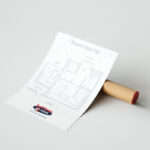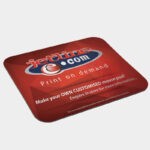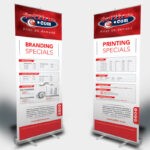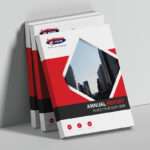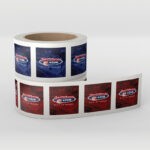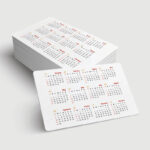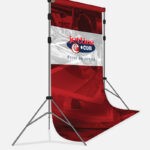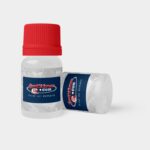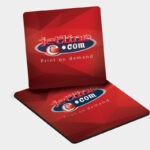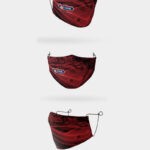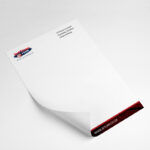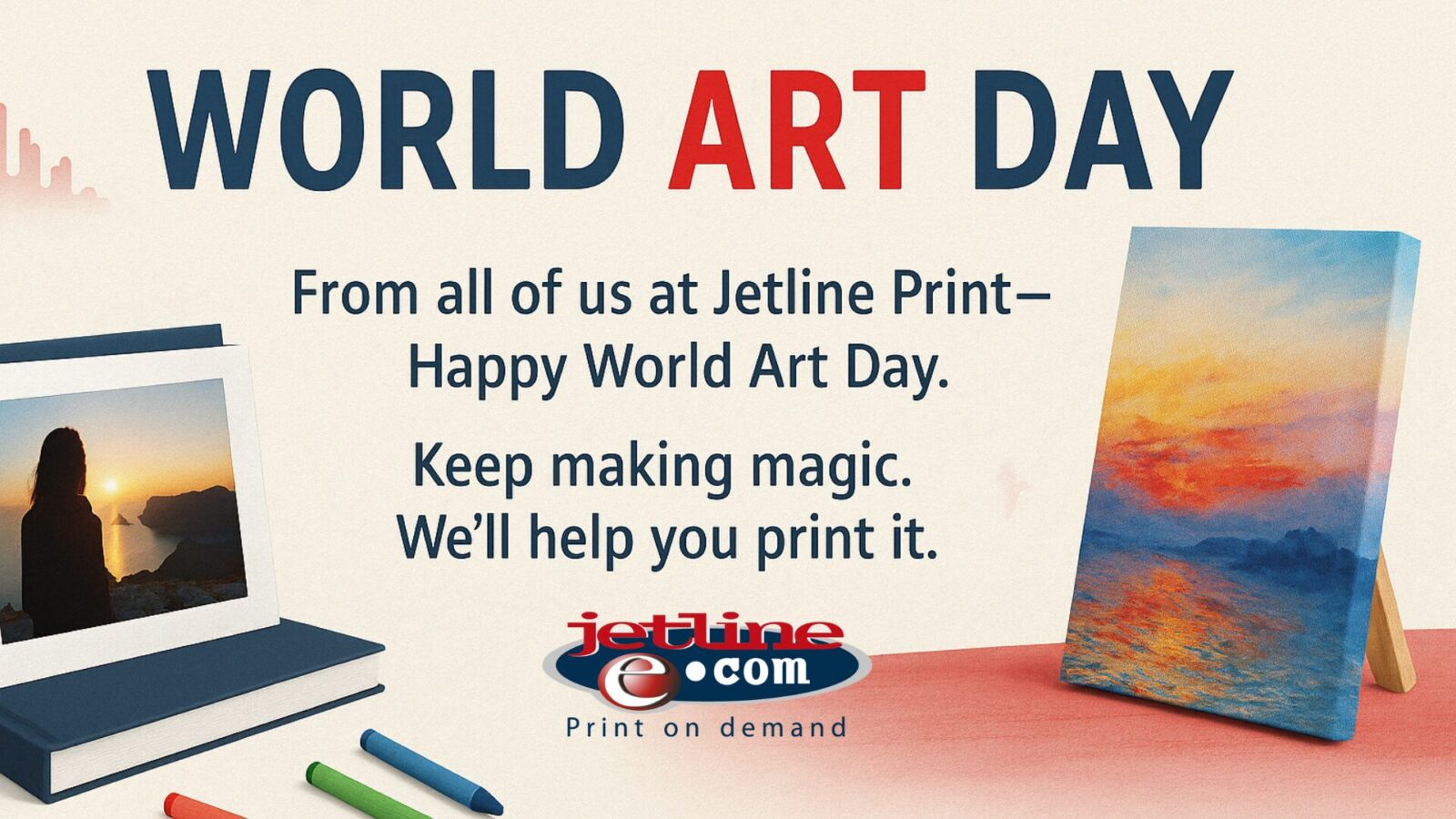Just 70+ years ago, all it took to be a successful business was to create a service or product of substantial quality. No one really needed to bother with branding and brand management. As long as you made sure your product was superior to the competition, you were well on the way to success.
Flash forward to the present, and we live in the golden age of product and service quality. We may like to complain, but in all honesty, it is difficult to find a product that is not of almost equal quality to the market leader. With this in mind, most of the industry leaders of the past are still industry leaders today.

These brands are referred to as “Foundational Brands,” and are the businesses that epitomise the smart marketing of the 50s and 60s that is somewhat ubiquitous now a days.
These Foundation Brands Include:
- Lucky Strike
- Lipton Ice Tea
- Lux Soap
- Coca-Cola
- Kodak
- Pan Am Airlines
The Modern Brand & Brand Management
The evolution from products to brands was not dramatic or sudden. It grew out of the standardisation of quality products in the mid 20th Century. This meant that businesses had to discover innovative ways to separate themselves from their competition.
It was in the 50s that packaged goods companies such as Unilever and General Foods created “brand management.” After recognising that competitor quality was on the rise, these big businesses hired brand managers who would develop a specific identity for a product, setting it apart from its almost identical competitors.
This required an in-depth understanding of the target market, thus providing both functional and emotional value to the customer. Today, this is known as branded proposition. The emotive value created a perceived sense of superiority, and because of this, these brands could charge customers slightly more than other businesses in their industry.
Brands such as Kraft and Lipton excelled in marketing in the 50s and 60s, setting the benchmark for brands today. This signified the beginning of almost 50 years of marketing, in which success was determined by understanding the client more than your competitors did. This was all about getting the ‘brand mix’ streamlined. The Brand Mix is not just a logo or cost of product. It lies in the printed materials, brochures, packaging, promotional campaigns, and all elements of advertising.



20 years ago, some of the most successful retailers didn’t even have marketing departments. If they did have a marketing department, the employees were only responsible for store openings and product launches. However, it was in the early 90s that these job specs shifted monumentally.
Retailers began to realise the power of branding, and well-branded products. Once they picked this up, they began to sell more, improving their margins, and raising the profile and reputation of the brand in its entirety.
The United Kingdom led the world in this branding innovation. To this day – the retail stores in the UK are different than anywhere else in the world. Retailers such as Sainsbury and Tesco began hiring marketers from their suppliers, and the brands that they carry – and the results speak for themselves. The profit margin of the UK chain stores are double that than anywhere else in the world!
Branding Companies Today
Today, almost 2 decades into the 21st Century, marketing looks incredibly different than it looked just 20 years previously. The explosion of brands and brand offerings has become overwhelming, confusing the consumer in many ways. Think about it – through digital platforms and instant communication, we have become exposed to over 3000 brand messages every day! So how can businesses get their brand notices in an over-saturated market place?
Many companies are searching for non-traditional and innovative ways to inform and educate their target market. We live in a digital age, and with this in mind, many marketers view print as the new non-traditional “go-to” marketing channel.
Today, brands are seeking attention, and looking for new opportunities to catch the eye of the consumer – and this is where print comes in. Purely digital businesses such as Uber and Airbnb, are investing their marketing into their very own print publications. There has never been more opportunity for brands to make use of print.



You see, niche and highly targeted prints are flourishing. With creative design, unique content, and informative articles, businesses are using print to spread their message, quickly becoming identified as the thought leader in their particular industry.
Professional Printing, Design and Brand Management Company South Africa
We understand that your marketing materials are the face of your brand, your branding creates a visual and emotional connection with your clients and potential clients.
The Jetline graphic design, branding, and printing experts know that your print materials are your visual identity. They represent everything that your business stands for! By having a strategic, well-designed print marketing campaign, the credibility of your business rises along with brand awareness.
We are here to ensure that your brand leaves a lasting impression, and that you have all the marketing materials needed to make this happen!
Contact your branding, design and printing experts today and get boost your brand awareness monumentally.









